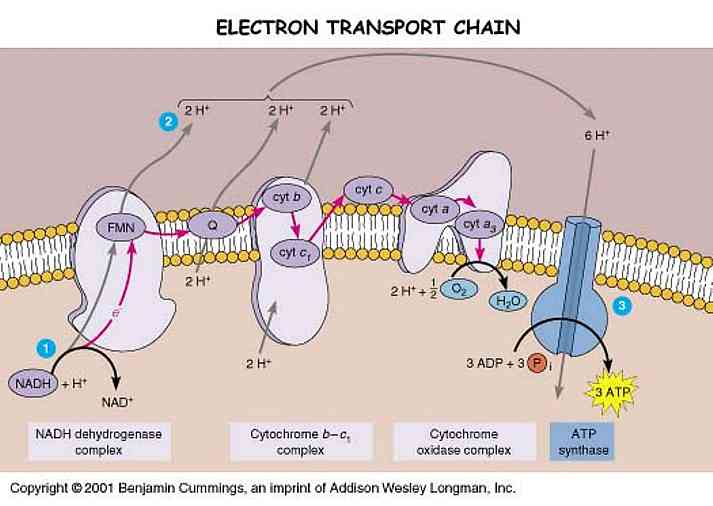Neural pacemaking, or the rhythmic signalling common to neurons in the motor circuit, involves the influx of calcium into the cell. Pacemaking in juvenile SNpc dopamine neurons is similar to neurons in the VTA. However, in mature SNpc neurons pacemaker firing opens many more L-type calcium channels than in VTA neurons. This allows for greater influx of calcium to the cell, and puts a greater burden on the mitochondrial system in order to pump it out, fostering oxidative stress. Therefore, basal oxidative stress is thought to be significantly higher in SNpc compared to VTA dopamine neurons.
The Surmeier team wanted to confirm the importance of the L-type calcium channel in producing the differences in oxidative stress levels between SNpc and VTA neurons. In order to do this, they used a genetic knockout model of DJ-1 (or Park7), the popular gene linked to occurance of familiar Parkinson's disease.
In a beautiful study, they recorded intracellular calcium oscillations and oxidation of mitochondrial matrix proteins from SNpc dopamine neurons in mice with or without the DJ-1 gene, and found that oxidative stress was greater in SNpc neurons in DJ-1 knockouts compared to wild type. They also showed that pretreatment with isradipine, an L-type calcium channel agonist, kept DJ-1 knockout oxidative stress levels near wild type levels.
The study also suggests that mitochondrial uncoupling protein (UCP) expression is greater in SNpc dopamine neurons compared to VTA, resulting in more frequent mitochondrial 'flickering', or transient depolarization. In DJ-1 knockout mice, UCP expression was lower, suggesting that UCP expression in SNpc dopamine neurons contributes to oxidative stress.
Collectively, the restuls of the study indicate that high calcium entry to SNpc dopamine neurons through L-type channels during pacemaking activity leads to selectively elevated oxidative stress. In turn, these SNpc dopamine neurons are made more susceptible to toxins, aging and the degenerative effects of DJ-1 mutations. Several calcium blockers are currently used to treat conditions like cardiomyopathy and kidney disease, btu the current study suggests their use in Parkinson's disease in order to protect against oxidative stress to which these mature neurons are so vulnerable.
Guzman JN, Sanchez-Padilla J, Wokosin D, Kondapalli J, Ilijic E, Schumacker PT, & Surmeier DJ (2010). Oxidant stress evoked by pacemaking in dopaminergic neurons is attenuated by DJ-1. Nature, 468 (7324), 696-700 PMID: 21068725











